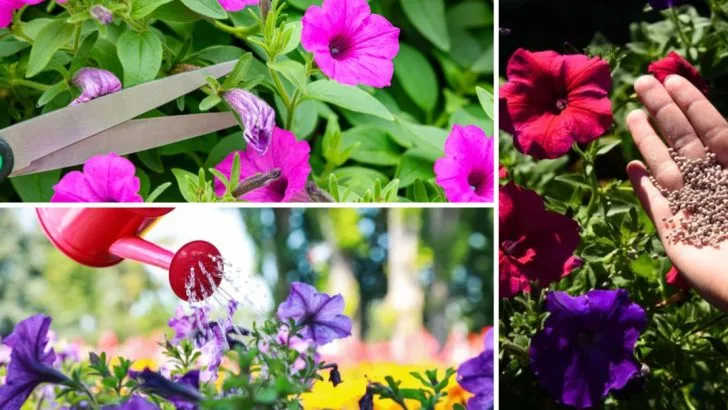Petunias start off strong—bright, bushy, and full of color. But give it a few weeks, and they can suddenly look tired, leggy, and half as cheerful as they did in the garden center. It’s a common frustration, especially when you’re doing all the basics right: sun, water, maybe a little fertilizer. Still, they sprawl and stop blooming like they’ve given up early.
The truth is, petunias are a little high-maintenance if you want them to keep that full, flower-packed look all season. They need more than just water and sunshine—they need regular trims and a bit of tough love. But once you get into the rhythm of it, the payoff is worth it: compact plants loaded with blooms that don’t fizzle out by midsummer.
Regular Deadheading
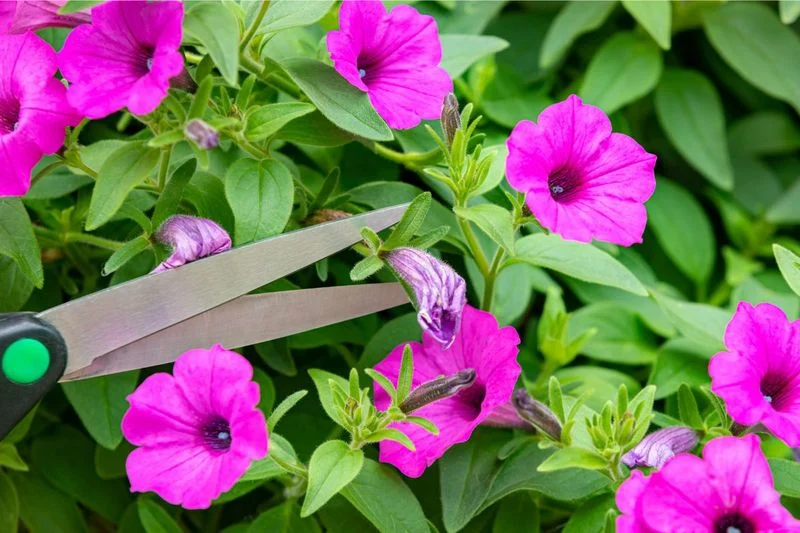
Petunias thrive when regularly deadheaded, a process that involves removing spent blooms. By doing so, you not only encourage new growth but also prevent the plant from going to seed prematurely. This task is simple: pinch or snip the faded flowers just above the node. As a result, your petunias will focus their energy on producing more flowers rather than seeds. Fun fact: regular deadheading can double the blooming period of your petunias, keeping your garden vibrant throughout the season.
Proper Watering Techniques

Watering petunias correctly is crucial for their health and bloom. Ensure the soil remains consistently moist, but not waterlogged, to avoid root rot. Morning watering is ideal, allowing the soil to absorb moisture before the afternoon sun hits. A layer of mulch can help retain moisture and reduce evaporation. Moreover, water directly at the base to keep leaves dry, reducing the risk of fungal diseases. Remember, petunias prefer a thorough soaking rather than frequent light sprinklings.
Fertilization Routine
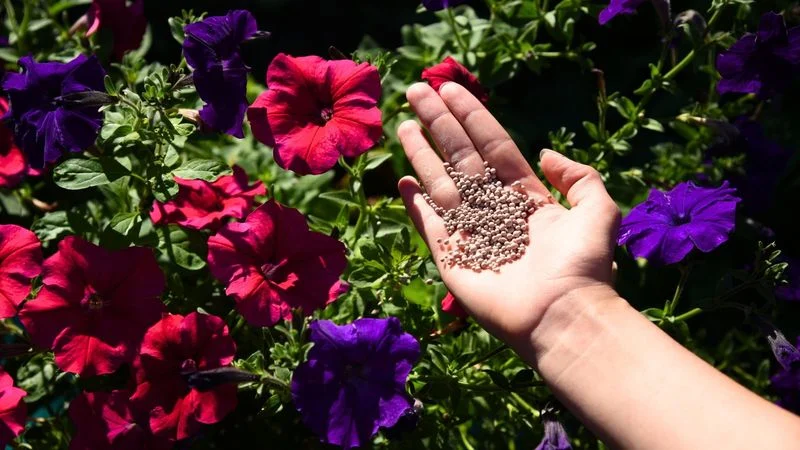
For flourishing petunias, a routine fertilization plan is essential. Begin with a balanced liquid fertilizer every two weeks to promote vigorous growth and abundant blooms. Slow-release fertilizers can also be beneficial, providing consistent nutrients. Be cautious not to over-fertilize, as this can damage the plant. Did you know? High phosphorus fertilizers are particularly beneficial for enhancing flower production, leading to a fuller appearance.
Pruning for Shape and Growth
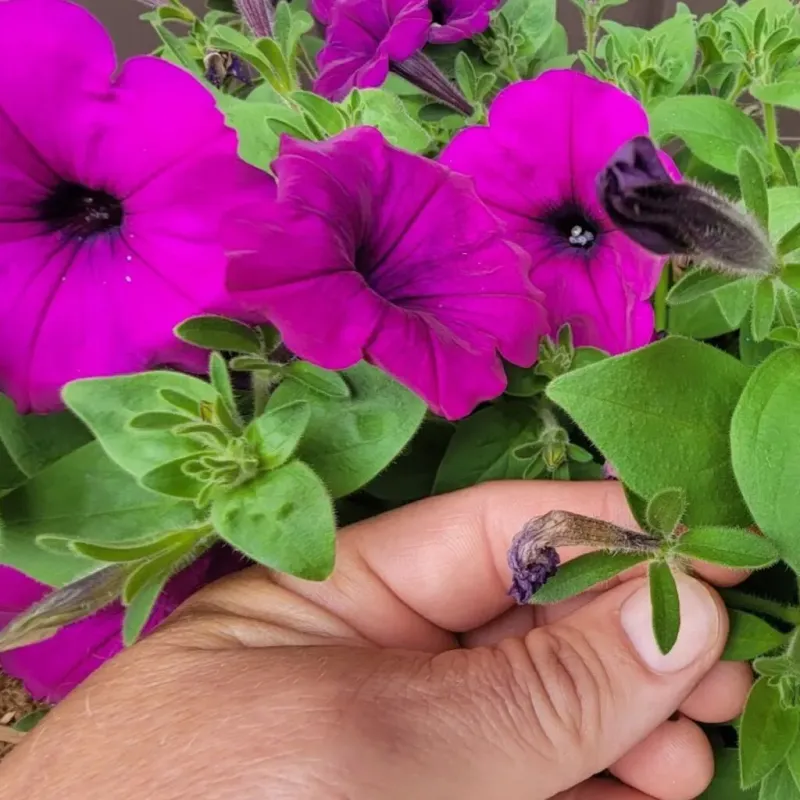
Pruning is a key technique to keep petunias looking shapely and full. Trim back leggy stems, especially in midseason, to stimulate bushier growth. This not only enhances the plant’s form but also increases blooming potential. Pruning can be done using clean, sharp shears, ensuring cuts are made just above a leaf node. A fascinating aspect is how pruning can reinvigorate a petunia plant, encouraging it to produce more blossoms even late in the season.
Managing Pests and Diseases
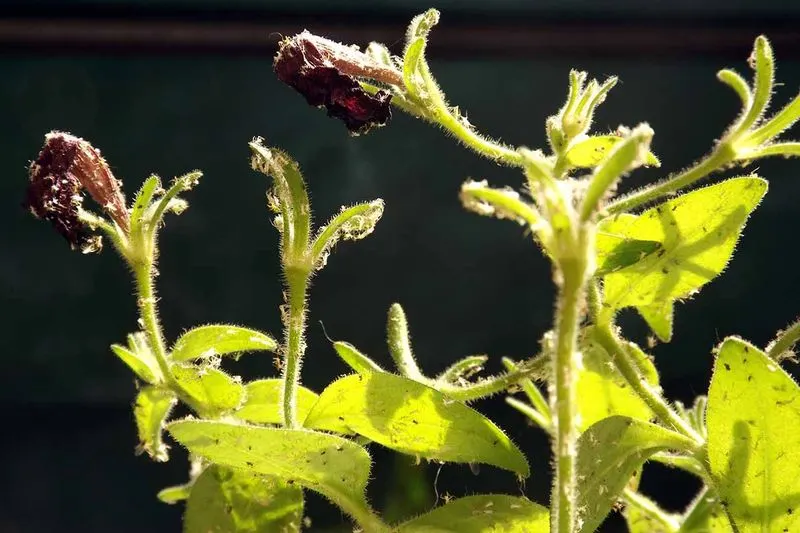
Petunias are susceptible to pests like aphids and diseases such as powdery mildew. Regular inspection helps in early identification and treatment. Natural predators, like ladybugs, can be introduced to control aphid populations. For diseases, ensure proper air circulation and avoid overhead watering. Organic pesticides and fungicides can also be effective. Did you know? Companion planting with marigolds can naturally deter many pests, keeping your petunias healthy and vibrant.
Providing Adequate Sunlight
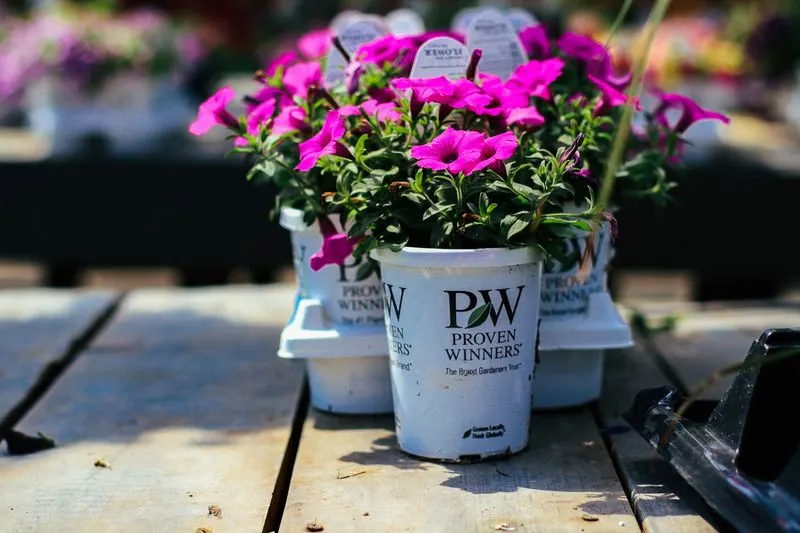
Sunlight is vital for petunias to thrive. These flowers prefer full sun, requiring at least six hours of direct sunlight daily. Adequate sunlight ensures vibrant blooms and strong growth. However, in extremely hot climates, a bit of afternoon shade can prevent scorching. Position your petunias where they can bask in the morning sun and enjoy a little rest in the hotter parts of the day. A surprising fact: petunias grown in optimal sunlight conditions tend to be more resistant to diseases.
Soil and Drainage Considerations
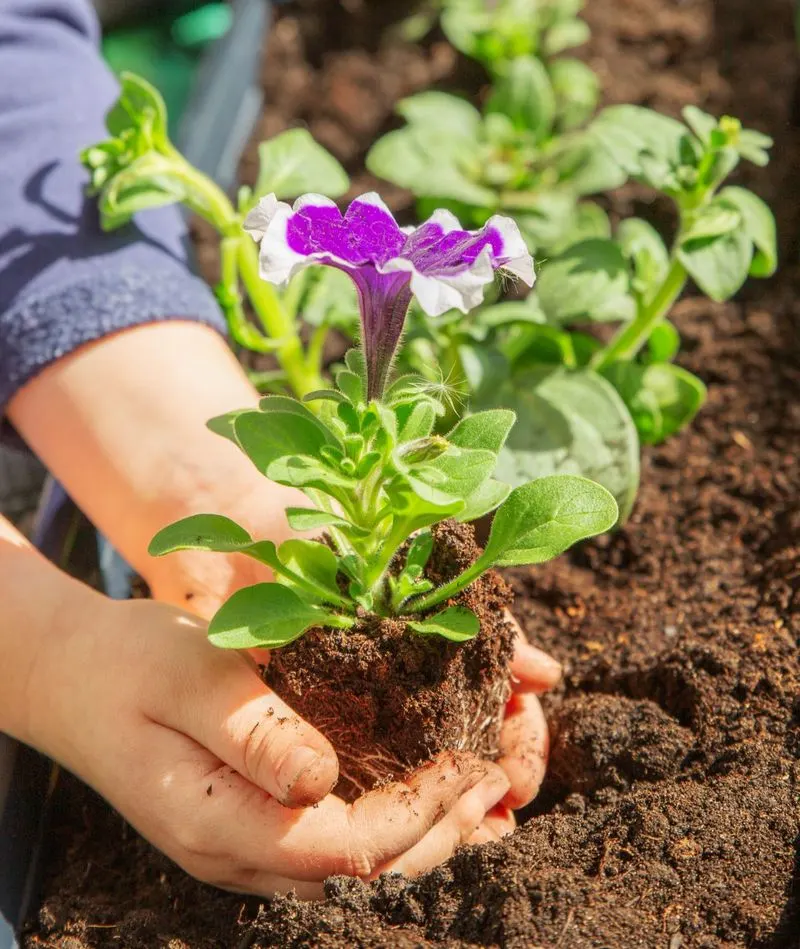
The right soil composition is crucial for petunias. Opt for well-draining soil, as petunias dislike soggy roots. Adding organic matter, such as compost, can enhance soil fertility and drainage. A raised bed or container with drainage holes is ideal for optimal growth. Regularly check the soil’s pH; petunias prefer slightly acidic to neutral conditions. Did you know? Amending your soil with sand or perlite can significantly improve drainage, maintaining healthy roots and lush growth.

